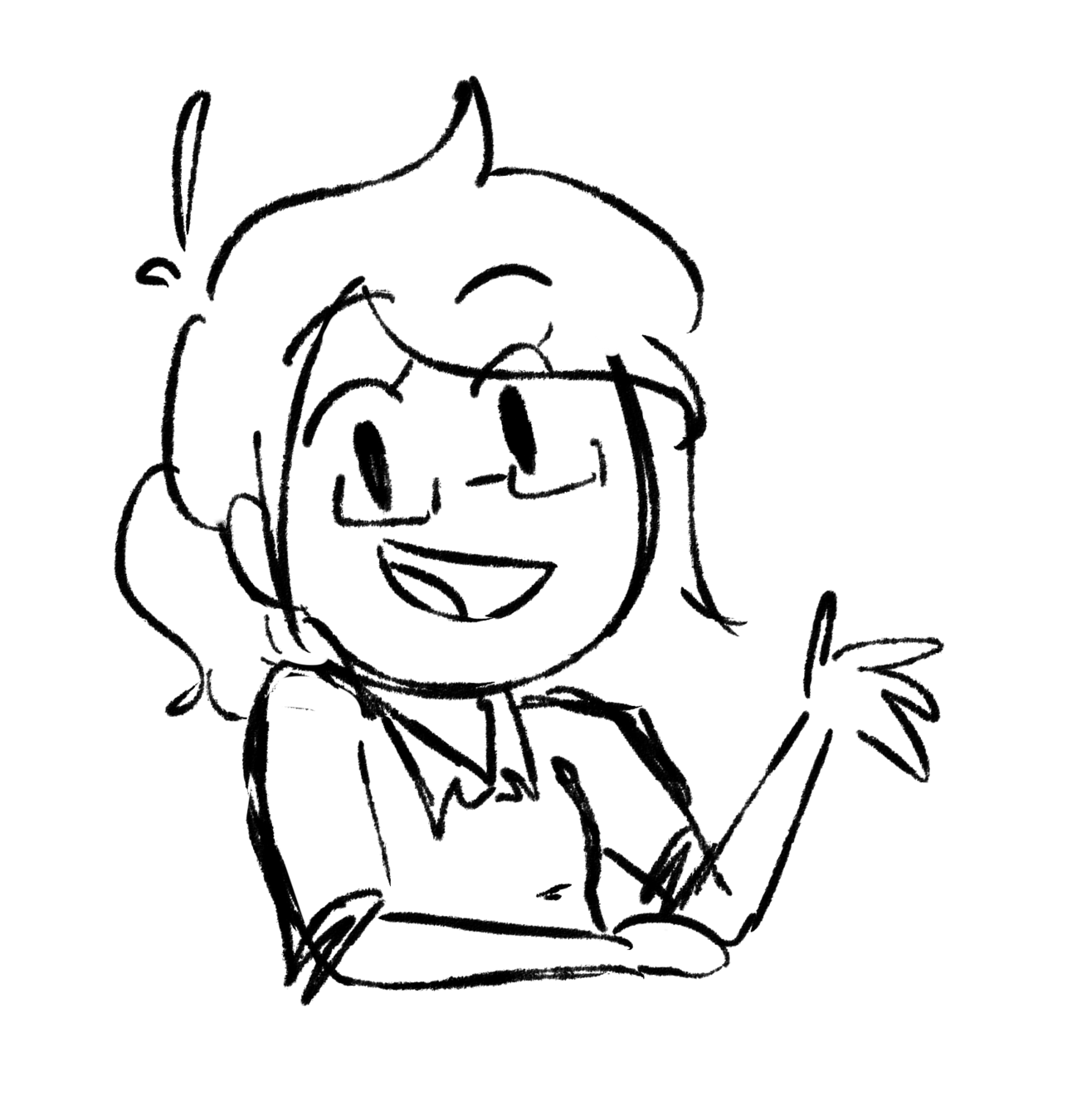Exploring
#DigitalDialects
Collision, Coherence, Cohesion
slides.com/caseys/digidialects/live
Cassandra Santos
41st Annual Research Conference
(and #DigitalCommunities)
The
Story
Thus
Far . . .
Are internet dialects really dialects??
people 'talk' differently on the internet
someone should research that probably..........
The
theories
Thus
Far . . .
Original theoretical directions
speech communities / SC (gumperz, 1968)
communities of practice / CofP
(eckert & mcconnell-ginet, 1992)
A speech community is "any human aggregate characterized by regular and frequent interaction by means of a shared body of verbal signs and set off from similar aggregates by significant differences in language usage" (p. 66)
A community of practice is "an aggregate of people who come together around mutual engagement in some common endeavor” and social practices arise out of their “joint activity around that endeavor" (p. 8)
ADditional Questions
Do online linguistic innovations arise from a clearly defined and reliable focal area? (SC)
Are internet dialects really dialects?
Do online dialects have any phonological features?
How do internet dialects even develop??
Are there distinguishable linguistic boundaries between online communities? (SC)
Has the multilingual, multicultural nature of online communication affected online varieties of English? And if so, how? (CofP)
If there are internet dialects (i.e., digital nonstandard language varieties), is there then a standardized language variety unique to online spaces?
What level of syntactical variation does online dialects have compared to SAE?
Beyond general meme culture, are internet dialects used in "offline" spaces, and if so, how? (CofP)
Why do internet people feel that other users "talk" differently from them?
Where would an internet dialect even come from?
What would an internet dialect's community of users look like?
→ New directions
- "The Speech Community" (Gumperz, 1968)
- Sociolinguistic Patterns (Labov, 1972)
- "Communities of Practice: Where Language and Gender, and Power All Live" (Eckert & McConnell-Ginet, 1992)
- "Why be normal? Language and identity practices in a community of nerd girls" (Bucholtz, 1999)
- "Varieties & Variation" (Milroy & Milroy, 1997)
LIMITATIONS
Questions
Speech Communities:
Communities of practice:
Social networks (SN):
Internet LX:
- Language and the Internet (Crystal, 2006)
- Internet Linguistics (Crystal, 2011)
- Because Internet (McCulloch, 2019)
- Additional internet community and linguistic studies
- Personal observations & experiences as an Internet Person
CONCEPTUAL BREAKDOWN
- Focus: What does this approach focus on?
- Group Type: How does this approach define a group/community?
- Language: How does this approach view language? To what extent is language related to a community, its members, and its activity?
- Community: How does the community function?
- Identity: Does this approach consider personal and group identity as wholly separate or interrelated? And how is each built up and/or enacted within a community?
- Membership: How is community membership defined in this approach?
(Mono- vs. Multilingual, Fluid vs. Static LG, Consensus vs. Conflict, LX innovation/diffusion/standardization, Varietal acquisition/distribution, etc.)
(Entering community, Community borders, use of practice, us of LG, mobility + fluency)
#Digitalcommunities
#Digitalcommunities
#Digitalcommunities
#Digitalcommunities
#Digitalcommunities
#Digitalcommunities
#Digitalcommunities
ft. Gumperz, Labov, Eckert & McConnell-Ginet, Bucholtz, Milroy & Milroy, and Dodsworth
A Theoretical Approach by Cassandra Santos


#DIGICOMMS:
- Situated in sociolinguistics
- View language AS social practice
- An aggregate of people who come together online for social purposes and their activities are mediated by a combination of technology (cellphones, computers, social media) and by online varieties of language or...
#DigitalDIalects
#DigitalDIalects
As embedded in #DigiComms
COLL
#Digitaldialects as a collision between
ISION
- Speaking and writing
- Tradition and innovation
- Digital and irl ("in real life") experiences
Languages always allow a contrast between formal and informal modes of expression, but the Internet seems to have extended the informal end of the stylistic spectrum. Certain outputs now display a level of informal usage, in the form of nonstandard spelling, capitalization, and punctuation, which would not have been encountered in the informal writing of a generation ago
- David Crystal, 2011
C
#Digitaldialects as:
o
H
e
r
e
n
C
e
- Linguistically coherent online varieties of language
i think it's Really Cool how there are so many ways to express™️ emphasis on tumblr and they're all c o m p l e t e l y different its #wild
nobody:
me: we're experiencing a postmodern era of meme culture. in this ted talk, i will
omg thats hideous
vs.
omg thats hideous 😂😂😂
- Disconnected modes of communication working together
- Tradition and innovation as one (or multiple) coherent LG variety/ies
>be me, three years old
>standing in living room next to sofa
>for no apparent reason think to myself "i will remember this moment"
>still do
COHESION
COHESION
COHESION
COHESION
COHESION
#Digitaldialects as a way of creating cohesion between:
- Internet linguistics and
- Digital composition studies/pedagogy
- Literature
- Rhetoric studies
- And other non-language arts fields?
COHESION
COHESION
COHESION
COHESION
COHESION
#Digitaldialects as a way of creating cohesion between:
But my students…. Have been so affected by their school experiences and attitudes that I want them to begin their language study on new ground… describing instead of judging what they find, and at the same time exploring their own attitudes to their varieties of language and the nature of their own experience as they’ve moved outside of their own language community
- Eleanor Kutz, 1997
- Everyday nonstandard language and academic standard language
GOING
FORWARD
Long-term plans for #Digicomms & #Digitaldialects
- Shifting the narrative around internet language and online experiences from prescriptivism to descriptivism
- Further developing #DigiComms and #DigitalDialects into reliable and valid theories for linguistic research


The more we understand about the history, structure, and use of language, the more we will be in a position to employ language effectively for our own purposes, appreciate the way other people are employing it, and manage the very real problems which come from the differences of opinion about the way it should be employed
- David Crystal, 2011
Questions
&
Answers
